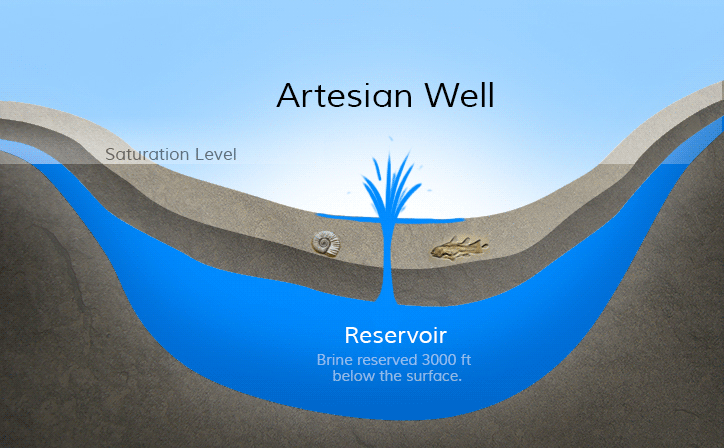38.WHAT IS AN ARTESIAN WELL?
In an artesian well, the water can leap high into the air like a geyser from its prison far below the surface of the earth. The name comes from the Artois region in northern France where the first European well of this kind was drilled more than 800 years ago.
Artesian wells are possible only under certain conditions. There must be a layer of porous rock or sand that is buried between two layers of solid rock impervious to water. Somewhere this porous layer must be exposed to the surface so that water falling as rain or snow will sink downward until it is trapped between the solid, watertight layers above and below.
37.IF MOLECULES MOVE, WHY CAN’T WE SEE THINGS CHANGE?
If molecules are in constant motion at terrific speeds, and this is taking place in everything — even a piece of wood — why can’t we see things changing shape?
A molecule is the smallest bit of a substance that can exist and still keep the properties of the whole. For example a molecule of sugar (sucrose) is the smallest bit of sugar that would still have the taste, color, form, solubility, and other qualities of sugar. If you divided it any more, it would no longer be sugar.
36.HOW DO THEY MEASURE A RAINFALL?
Rainfall is now being measured in most parts of the world by means of an instrument called a rain gauge. The gauge of the United States Weather Bureau is shaped like a hollow tube closed at the lower end, with a funnel in the top.
This gauge is placed in an unsheltered place, and a graduated scale shows exactly how much rain has fallen in it. The Weather Bureau says that there has been an inch of rainfall if enough rain has fallen to make a sheet of water an inch deep over a given area.



